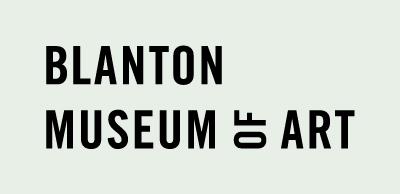Hidroluz [Hydrolight]
Primary
Gyula Kosice
(Košice, Czechoslovakia (now Košice, Slovakia), 1924–Buenos Aires, Argentina, 2016)
NationalityArgentinean, South America
Date1975
MediumPlexiglas, light, motor, and water in a wooden case
DimensionsOverall: 47 1/2 × 20 1/8 × 9 3/4 in. (120.7 × 51.1 × 24.8 cm)
Credit LineBlanton Museum of Art, The University of Texas at Austin, Gift of Barbara Duncan, 1986.304
Keywords
Rights Statement
Collection AreaLatin American Art
Object number1986.304
On View
On viewLocations
Label Text- exhibition BMA, Gallery, C7 - Susman Galleries
The experimental use of unorthodox materials has always characterized Gyula Kosice’s artistic practice. In the context of Arte Madí, an international movement of Concrete art he cofounded in the 1940s, Kosice pioneered the use of light in art. In later years, he combined water, air, Plexiglas, and electricity to produce hydrokinetic sculptures that were part of a larger project he called “an architecture of water.” Kosice considered water as “the origin of life,” and he contains its bubbling, living energy in a planet-like sphere seemingly floating in a starry field. The artist developed his vision further through his proposal for a Hydrospatial City, a utopian environment built with water polymer, a material yet to be invented. He envisioned his floating cities moving freely through the sky, while their inhabitants dedicated their lives to the improvement of humanity.
Exhibitions

![Hidroluz [Hydrolight]](/internal/media/dispatcher/7495/preview)

![Hidroluz [Hydrolight]](/internal/media/dispatcher/7495/full)

![Sin título [Untitled]](/internal/media/dispatcher/31916/thumbnail)

![Maqueta D - Hábitat. Ciudad Hidroespacial [Maqueta D - Habitat. The Hydrospatial City]](/internal/media/dispatcher/1762/thumbnail)
![Obra articulada y móvil en bronce [Articulated and Mobile Work in Bronze]](/internal/media/dispatcher/3517/thumbnail)


